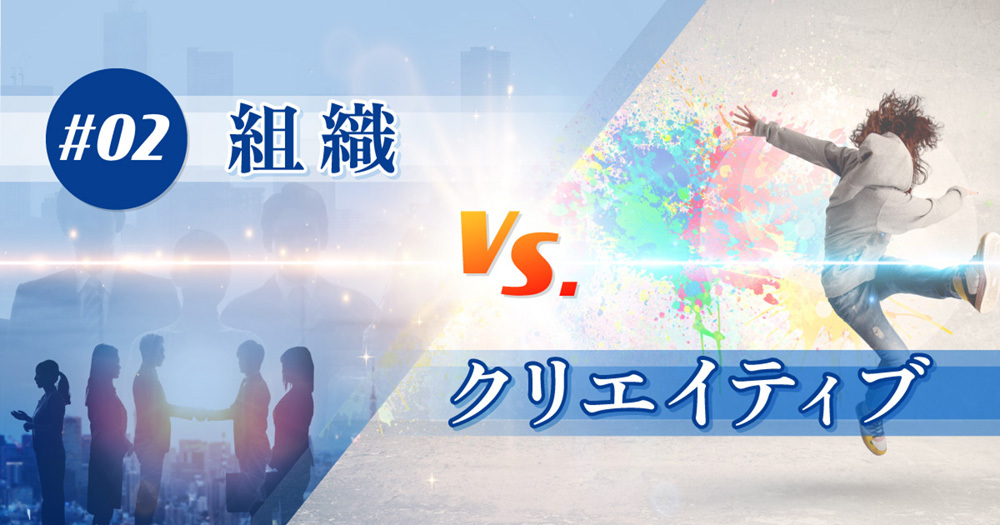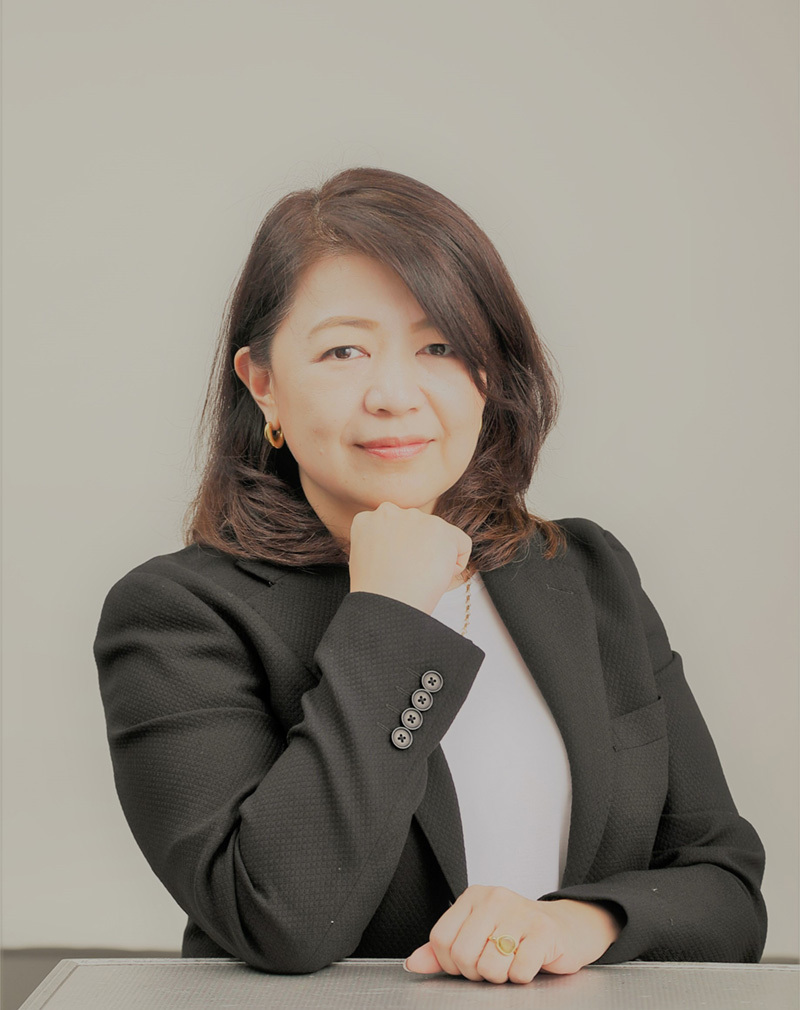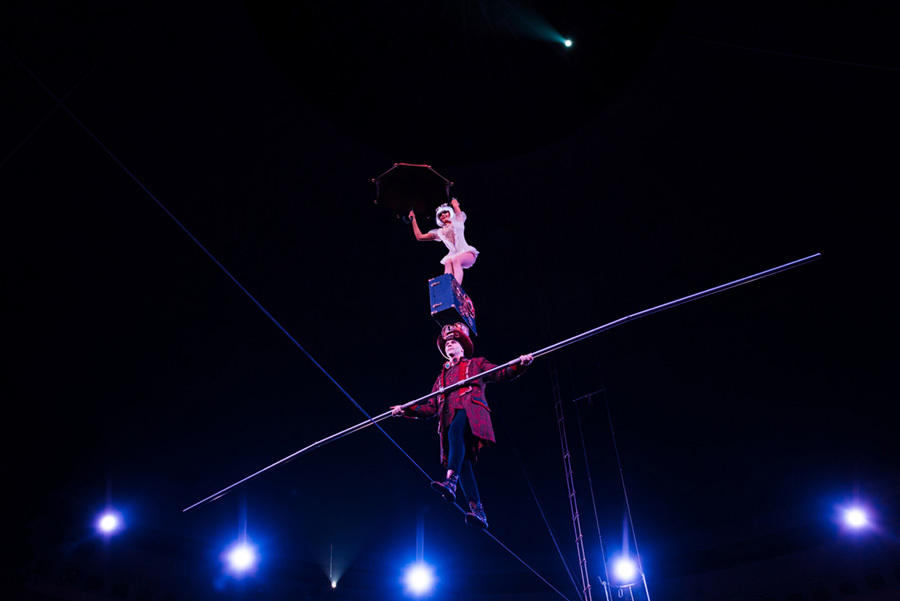Note: This website was automatically translated, so some terms or nuances may not be completely accurate.
The power to believe and the power to make others believe
Alongside our ongoing series "Creativity Can Be a Weapon" (details here ), this new series explores how companies and organizations can approach fostering and discovering new creative potential. We'll be speaking with leaders managing creative operations.

"Organization" and "Creativity." We want to pit these seemingly opposing forces head-to-head. Organizations (companies) that value discipline and profit versus creatives who freely pursue individual identity. The fusion of these two elements surely holds the key to breakthroughs. An organization is the cornerstone of business strategy. How should creativity be integrated into that strategy? We asked Kanesaki MD of Dentsu Inc. 2CRP Bureau.
Written by: Web Dentsu Inc. News Editorial Department

Creativity is work that lays bare your true self
"Creativity is the power to make people believe tomorrow will be better than today," says Mr. Kanesaki. To achieve this, he emphasizes the importance of envisioning stories that look ahead 10 or 30 years. "Ideas are born from our own experiences and thoughts. But I always believe that story must not be self-serving. Creative work is about baring your soul. That's why there's always the risk it becomes self-indulgent imposition. If that happens, I don't think you'll get that heart-stirring resonance from clients or the world."
"A copywriter I respect wrote this in his book," Mr. Kanesaki shared. "The circus is built on 'trust.' If there's even a hint of distrust in yourself or your teammates, you can't do this job. I used to think those amazing performances were built on 'courage,' but what's needed even more is 'trust.'"

It was a revelation that made me slap my knee in agreement. Mr. Kanesaki says that to align creative expression with what the world wants to see or the client's future vision, the process of bouncing ideas off each other and elevating them is crucial.
"I believe 'trust' is the most crucial element for sharing that process. Only with colleagues you can fully rely on can you truly be honest. Proposals from creators are often perceived as selfish. When translated into expression, things like adult circumstances can make it feel like something is missing or just doesn't sit right intuitively. But if you try to force your ideas through on your own, even with internal business producers (sales reps) or clients who are your colleagues, you won't gain their understanding or empathy. It's only when trust exists beforehand that people think, 'Hey, maybe I should listen to this guy,' or 'Maybe I should go along with that proposal.' Of course, you can also leverage data. I see that as another way to build trust."
Where is the measuring stick?
So, how should creatives and the organization coexist? That's the theme this article tackles. The unexpected answer that came back was: "First, you have to genuinely fight (debate) with each other, staying true to the purpose."
"In the past, I'd clash head-on with sales, strategy planning, and clients. After things got heated, I'd cool down alone and think, 'Actually, they have a point' (and probably the other side did too). Later, when we brought our thoughts together, the ideas would crystallize, and strangely enough, we'd find a breakthrough. Sharing the challenges we both felt and our determination to solve them built trust."
I totally get it. Teamwork isn't about "division of labor." It's like a younger, reserve teammate pointing out, "Hey, isn't there something off about your batting stance?" You couldn't do that without trust. When we talk about "organizational theory," we tend to focus on organizational charts, power distribution, or even abstract concepts like passion for work or the company. "I think what's more important than that is sharing some kind of 'core'," Kanesaki points out.
Looking back, whether it was club activities in school or work projects, the teams I remember as having a good vibe seemed to share some kind of common "yardstick." So I threw out an even tougher question: "What exactly is that 'yardstick' for measuring creativity?"

Reading Hearts Matters
In response to the editorial team's unreasonable request, Mr. Kanesaki shared this story: "I worked with a foreign client for a long time. They measured the effectiveness of commercials and such using a metric called 'forgetfulness rate × purchase rate'. I was really surprised by this at the time. Typically, when measuring ad effectiveness, you show people different types of ads and ask which one they liked best. This company did something different. They showed people an entire program and then surveyed them: 'Was there any ad that stuck with you?' What's astonishing is that they followed up with the subjects two weeks later, asking: 'Do you still remember any ads? What left an impression?' and collected that data."
Kanazaki points out that reading minds is crucial. And doing so quantitatively. People might be interested right after watching a program, but forget it two weeks later. The reverse also happens. Analyzing the value of brands and creative work this way makes it very clear. It's not about fleeting impressions like "This feels kinda cool" or "This feels kinda lame." It's about thoroughly analyzing why people thought "This feels kinda cool," why they remembered that feeling, and crucially, why they reached for the product. "Creative work is never a magic solution. We believe our job is to constantly learn from the world, evolve that learning, and deepen our understanding."

The simple "thank you" surprised me
The story about that foreign client continues. "For a laundry detergent commercial, we had a male talent say 'Thank you' to the product's users. Detergent is an extremely low-involvement product. Unlike cars, food, or cosmetics, frankly, any brand will do. But when the brand says 'Thank you!' to you, it makes you realize, 'Yeah, come to think of it, detergent is something we should be grateful for, right?'"
The client must have been quite surprised too. "So, we've been making products that get told 'thank you' every single day." "I think the same applies to nurturing young talent in a company. Just saying, 'I think this part of you is really appealing. Don't hold back because of your peers or seniors—keep developing it!' can really spark motivation."
Come to think of it, I've experienced this myself. When a senior colleague says, "This part of your work is fantastic," it somehow gives me courage. And the important thing is, when you feel reassured that someone is truly seeing you for who you are, it makes you want to learn more about your teammates and clients. It sparks a desire to contribute to the team in any way you can, however small.
Tell a Big Lie
Mr. Kenzaki shared this phrase from a veteran film director. Apparently, it was something seniors often said when he was young: "Big lies, small truths." I thought, "Ah, that makes sense." When I was a rookie, a senior once told me: "In advertising, you can do anything. As long as it doesn't violate laws or human rights, exaggeration is fair game. But never tell a lie." That was profound advice. But "Tell a big lie" is equally profound. You set up the lie – create a frame where everyone knows it's staged – and then fill it with real dialogue between a father and daughter.
People often talk about "creative leaping ability." "Please jump! We need you to jump!" is something ad agency folks hear a lot. But to jump, you first have to crouch down. What you see there is the ground of society. And to make a big leap, you need the power to "trust your own intuition" and the power of teammates who will "believe in that intuition."
Mr. Kenzaki summed this up at the end with these words: "Is it like the 'jumping' of tea leaves? (laughs)"
If you're wondering, "What on earth does that mean?", I encourage you to look it up. You'll likely grasp the image Mr. Kenzaki envisions of "Organization vs. Creativity".

[Editor's Note]
My impression of Mr. Kanesaki is that he is, above all, a very conscientious person. Before the interview, we sent him a questionnaire outlining the topics we planned to cover. He provided such thorough answers that an interview almost seemed unnecessary. This article is written based on those responses.
That said, as I often do, I threw a slightly tricky question at the end of the interview: "Having experienced the Heisei recession, major disasters, and COVID-19, are we perhaps becoming too complacent with the term 'stagnation'?"
Mr. Kanesaki's answer was very simple: "That's precisely why I value conversations with people." The pandemic has reduced opportunities for direct human contact. But we still have remote methods. We still have email and letters. "I believe that something tangible—like a physical touch—is what moves people's hearts most. The 'experience' everyone talks about lately? I think it's about the creativity that produces that tangible quality. That's what creativity has always been about, past and present. More than that, I believe it's what Dentsu Inc. has always aimed for."
How to convey that tactile quality, the scent, the atmosphere, the temperature... It made me realize anew the essence and appeal of creativity itself.
Was this article helpful?
Newsletter registration is here
We select and publish important news every day
For inquiries about this article
Back Numbers
Author

Tomoko Kanesaki
Dentsu Inc.
Second CR Planning Bureau
GCD
Raised in New York for 12 years. Returned to Japan as a child and attended Kyoto University's Faculty of Law. Met my lifelong mentor, Mr. Takehiko Miura, in my second year at the company. 2011 GM ➡ 2021 MD/Bureau Chief ➡ 2024 GCD/DEI & GLOBAL HEAD of 2CRP Handled diverse genres: beverages, automotive, insurance, railways, steel, FMCG, beauty, education, etc. Extensive experience as a judge for international advertising awards. Believes communication rooted in stories that embody the brand and high-caliber craftsmanship drive effective marketing. Dentsu Inc. is a place where you can find partners to start things you've never seen before. Loves talking to people and working in unfamiliar fields. Also loves eating and drinking. Hobbies include watching dramas and art, reading, metal engraving, and collecting items with a sense of craftsmanship.


